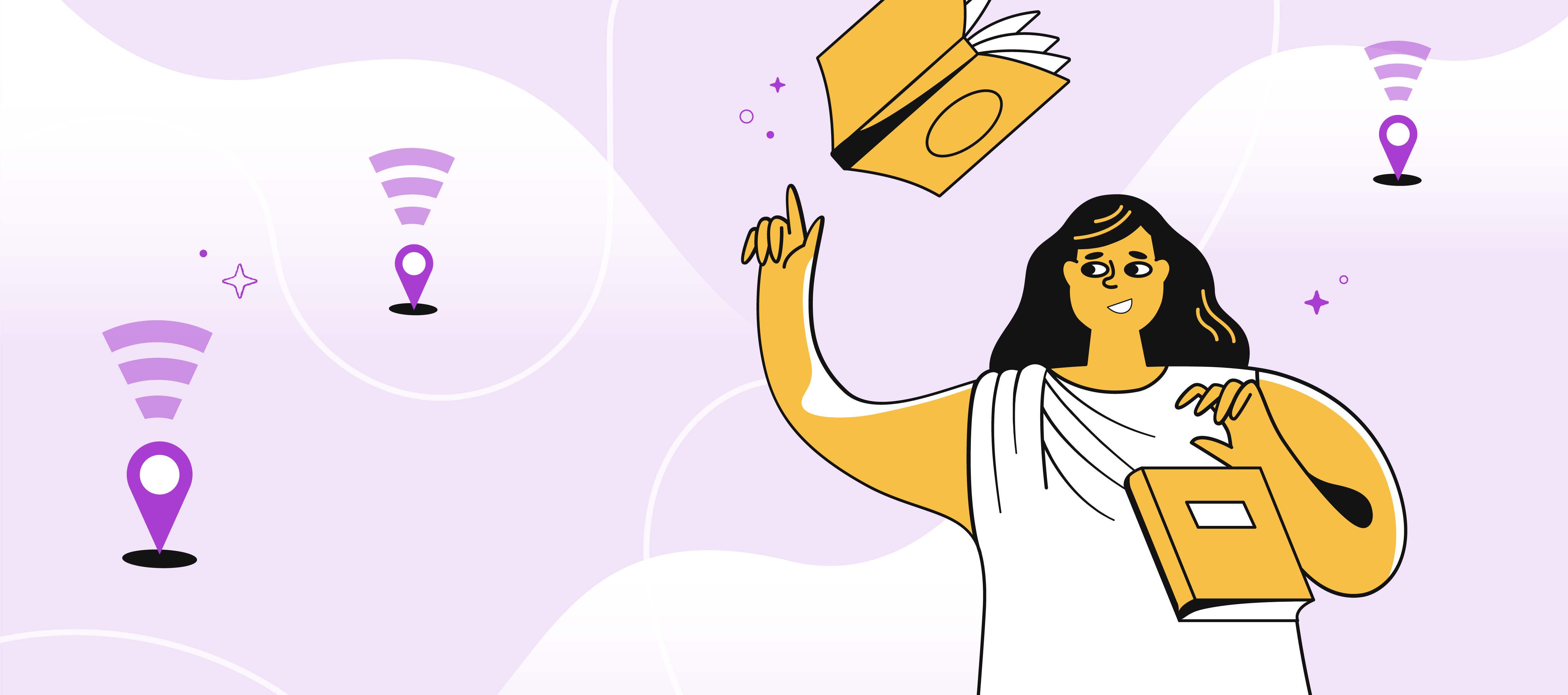When COVID arrived in March 2020, the internet became the only tether to the outside world for millions of Americans. But for some people, particularly those in rural areas, that connection wasn’t reliable—or available at all. According to the USDA, more than 20% of Americans in rural areas and 27% of Americans on Tribal Lands don’t have broadband connectivity. Often called the “digital divide,” this gap in critical infrastructure is holding millions of people back.
Thankfully, some unexpected frontline workers are working overtime to bridge that gap: public librarians.
Libraries have long been a hub for connection, particularly for lower-income community members. During the pandemic, that work has become even more critical. In this article, we’re taking a closer look at the digital divide—and the creative ways librarians are keeping patrons connected during the pandemic and beyond.
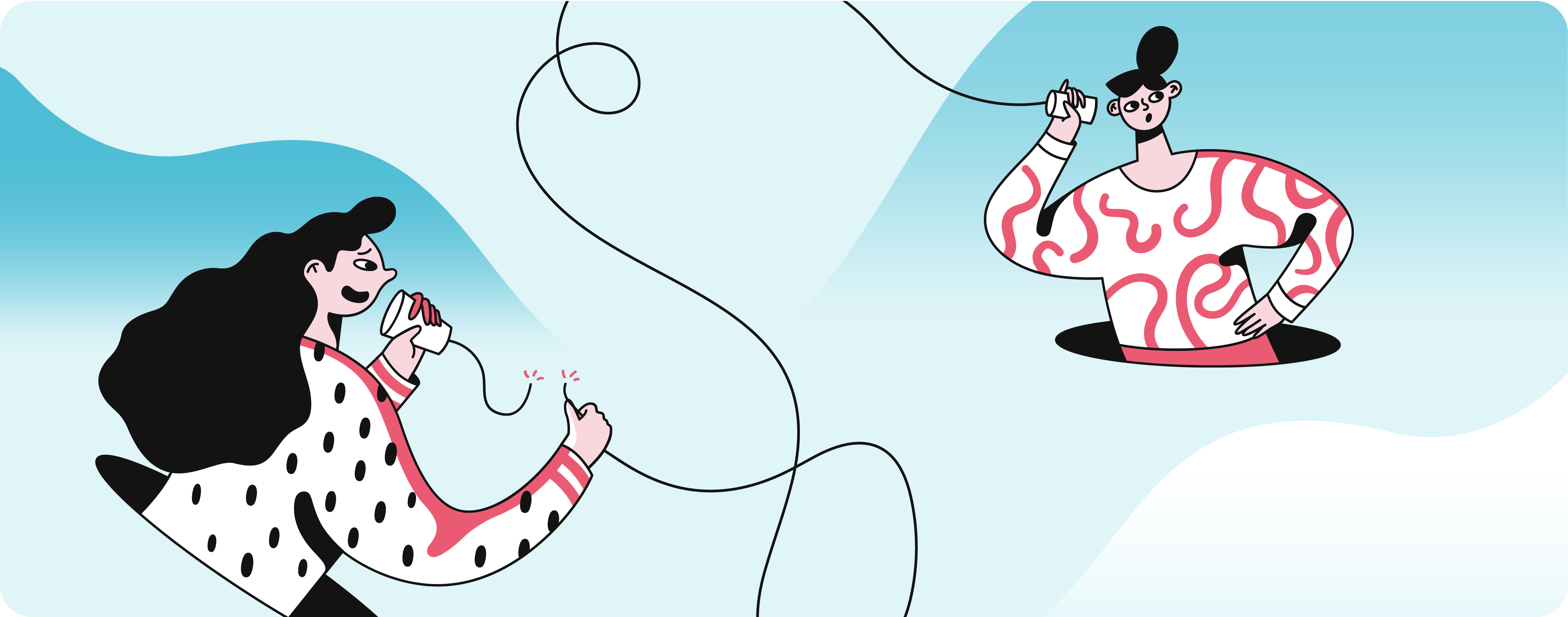
What’s Behind the Digital Divide?
The digital divide isn’t just a COVID-era problem—for years, rural communities have struggled to access the same online resources as their urban and suburban counterparts. A recent study by Pew Research revealed that rural Americans are less likely to have broadband at home and less likely to own a smartphone, tablet, or desktop computer. But why are rural Americans still struggling to get connected?
One factor is household income—which tends to be lower in rural areas. In another study from Pew, researchers found that only 57% of families who make less than $30,000 per year have home broadband compared to 83% who make between $30,000 and $99,999 per year. Lower-income families are also significantly less likely to own their own devices. In that study, nearly one-quarter of lower-income Americans revealed they had no broadband or devices at home.
But the digital divide is about more than just money. In many parts of the country, there is simply no infrastructure in place for broadband internet. According to the FCC, more than 19 million Americans don’t have access to broadband at threshold speeds, and the majority of those people live in rural areas or on Tribal Land. Right now, there is a $42 billion infrastructure bill in the House that would help address this problem, dedicating $2 billion each to building up rural and Tribal broadband access and funding a monthly internet subsidy for low-income families. But until that bill passes, rural patrons have to find workarounds—and many of them are turning to their local libraries for help.
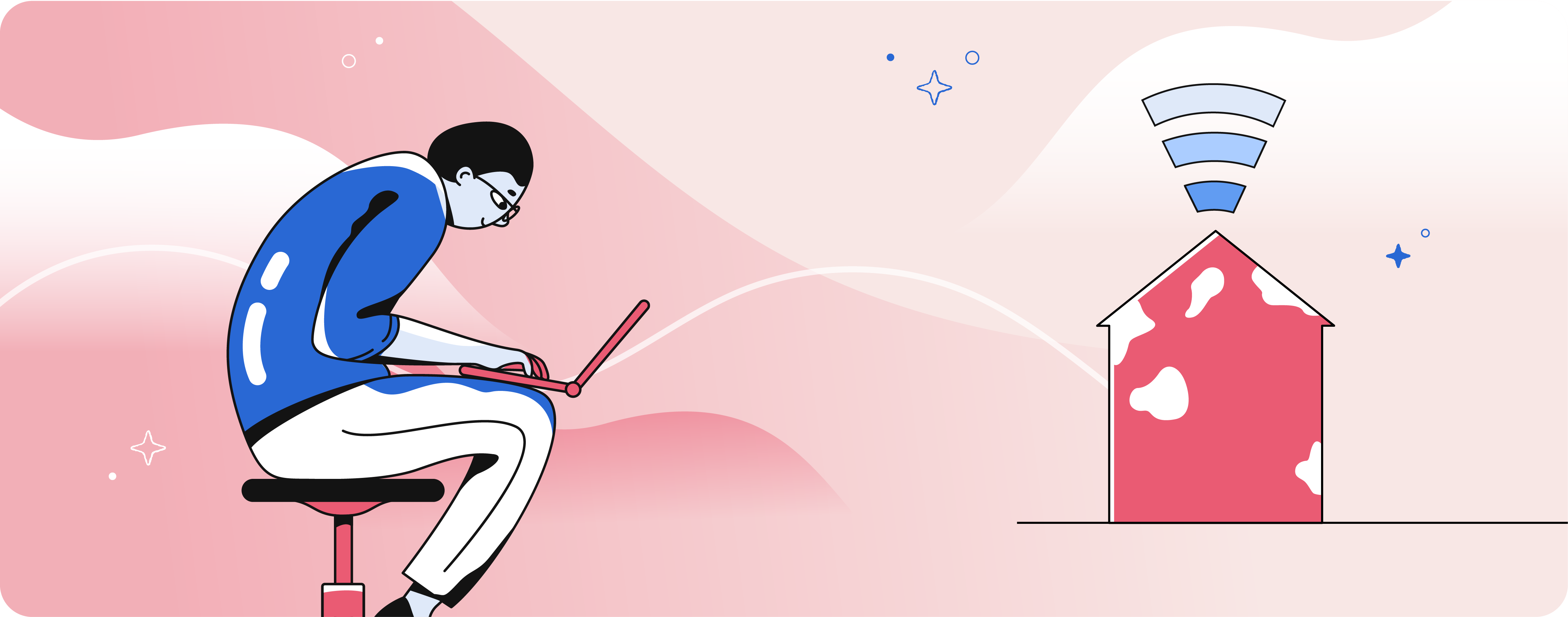
How Librarians Are Bridging the Connectivity Gap
The pandemic forced libraries to rely on digital tools to stay connected with their communities. But for rural librarians, just investing in online resources for their organization wasn’t enough. Without internet access at home, many patrons couldn’t utilize those online resources—or attend remote school, keep in touch with family and friends, and log in to work.
Tasked with bridging the digital divide, librarians had to come up with innovative solutions to improve internet access for their patrons—and fast. Here’s how they did it:
Building community hotspots
When COVID hit, many rural patrons who usually accessed the internet at school, work, or the local library were suddenly isolated and disconnected. In response, some libraries built free, open-access community hotspots. More than 60 rural libraries, including Gilbreath Memorial Library in Texas, extended their Wi-Fi services into the parking lot and surrounding area so that patrons could access the internet safely from their cars or outdoor tables. And in Westford, Vermont, the local library partnered with other community organizations to make Wi-Fi accessible across Westford Common, the community’s recreation area. These hotspots became critical for patrons who don’t have access to the internet or reliable cell phone service at home.
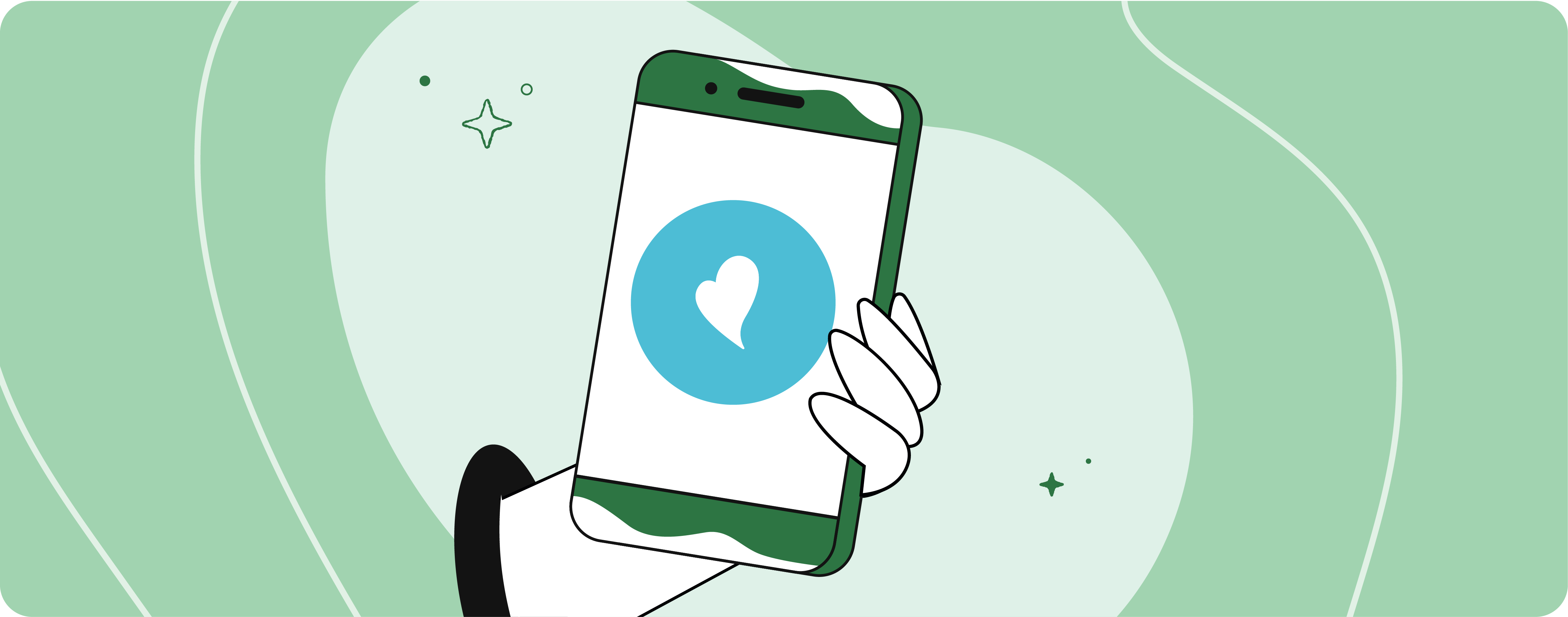
Providing free tablets and devices
Many patrons don’t just need internet access—they also need devices. To address this, some public libraries, like the Miami-Dade Public Library System in Florida, have created lending programs to get iPads and tablets in the hands of more community members. Patrons can take these devices home, sometimes for as long as a month, and check them out again as needed. Additionally, many libraries are now lending other connectivity tools, like mobile hotspots, so patrons with 5G/LTE but no broadband at home can quickly get online.
Investing in mobile apps
Along with improving internet access, many libraries are staying connected with patrons by investing in mobile applications. Mobile apps are more accessible for people who have phones, but lack desktop computers or tablets. Additionally, because they can run off of mobile data plans, they are ideal for patrons who have no internet, or slow internet, at home. For example, many public libraries are turning to apps like Beanstack to host their reading challenges because the platform is flexible and can be used on a mobile device or a desktop. Beanstack also allows patrons to log their reading retroactively if they don’t have phone service or internet connection at the moment, and offers thematic paper reading logs and Badge Books for patrons who’d prefer to go analog or hybrid. It also includes tools that allow library staff to help readers who participate offline to log their reading. These tools ensure reading challenge data is accurate, and reflects the library’s true value in the community.
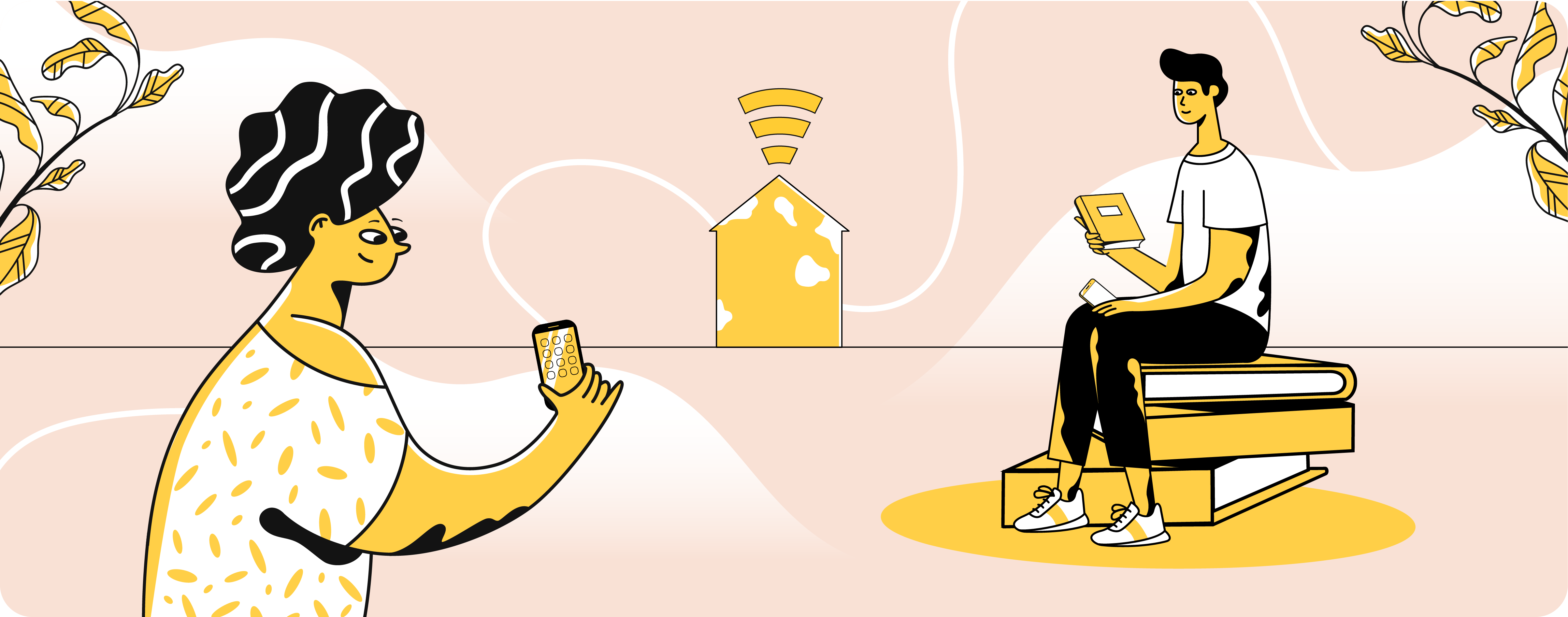
Connecting Rural Communities, One Hotspot at a Time
Over the last few months, many libraries have finally reopened after more than a year in lockdown. But even though their physical doors were closed, libraries never lost touch with their patrons. Whether they were turning local parks into hotspots or keeping members connected at home via accessible and adaptable reading challenges, librarians have stayed on the frontlines in the fight to bridge the digital divide.
Soon, an infrastructure bill will be passed which should hopefully expand internet access to millions of Americans. But no matter Congress’s final decision, libraries will remain a bastion of connectivity, access, and community support—particularly for the lower-income and rural patrons who need them the most.
Zoobean is committed to improving equity and access to library resources for all patrons, whether they live in rural Nebraska or downtown Atlanta. Our Beanstack app can be accessed on any smartphone or desktop computer, and offers paper Badge Books to support members in various modalities. It also makes it easy for library staff to help patrons who are offline, while gaining better data to prove their library’s value. To learn more about how Beanstack can flex to meet your patrons’ needs, visit our website.
